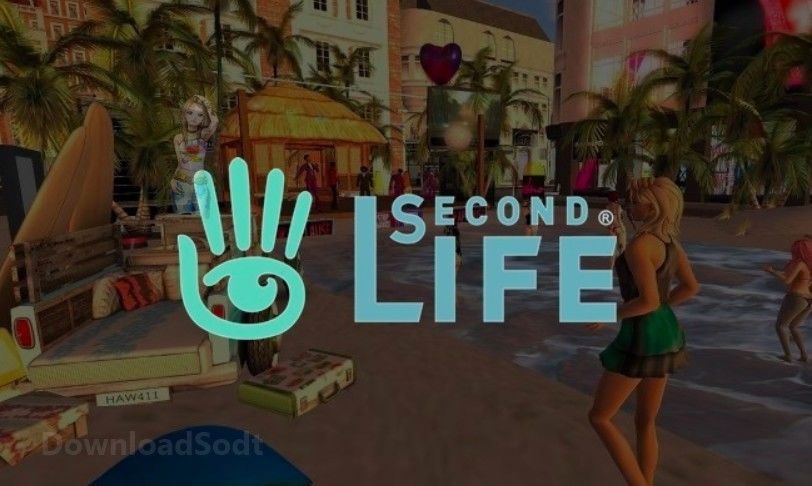
We believed a place name would give people a sense of destination, and possibly some added layer of meaning. We started by debating the merits of a 'place' name versus a 'descriptive' name. As we were getting ready to launch the Beta, we decided we needed a name that would convey the expansiveness, involvement and complexity we hoped would characterize this world as it grew. "Originally, during the Alpha period, the grid was known as Lindenworld. LindenWorld was renamed into Second Life: a 3D virtual world with user generated content, where users could interact with each other in realtime. This video shows how the world looked back then and how users could interact with it: uK3x3FNlleU|640|385 In this early state, LindenWorld wasn't open to the public, was very gun-focused (like a shooter game) and its avatars were made out of prims (called Primitars). The Linden Lab employees - commonly known as "Lindens" - needed a virtual world to go with their hardware, so in 2001 they started building "LindenWorld", as described in an early news story.

Although work was underway on a prototype called " The Rig, haptics were subsequently abandoned due to heavy patent concentration. Andrew Linden stated that Linden Lab started as a hardware company geared towards the research and development of haptics.

While he dreamed of virtual worlds since his childhood, in 1994, Rosedale first thought of connecting computers via the Internet and creating a virtual world. He envisioned a vast green, continuous landscape, distributed across multiple servers - and went on to build it. Second Life (SL) evolved as an idea by founder and former Linden Lab CEO, Philip Rosedale (aka Philip Linden).


 0 kommentar(er)
0 kommentar(er)
